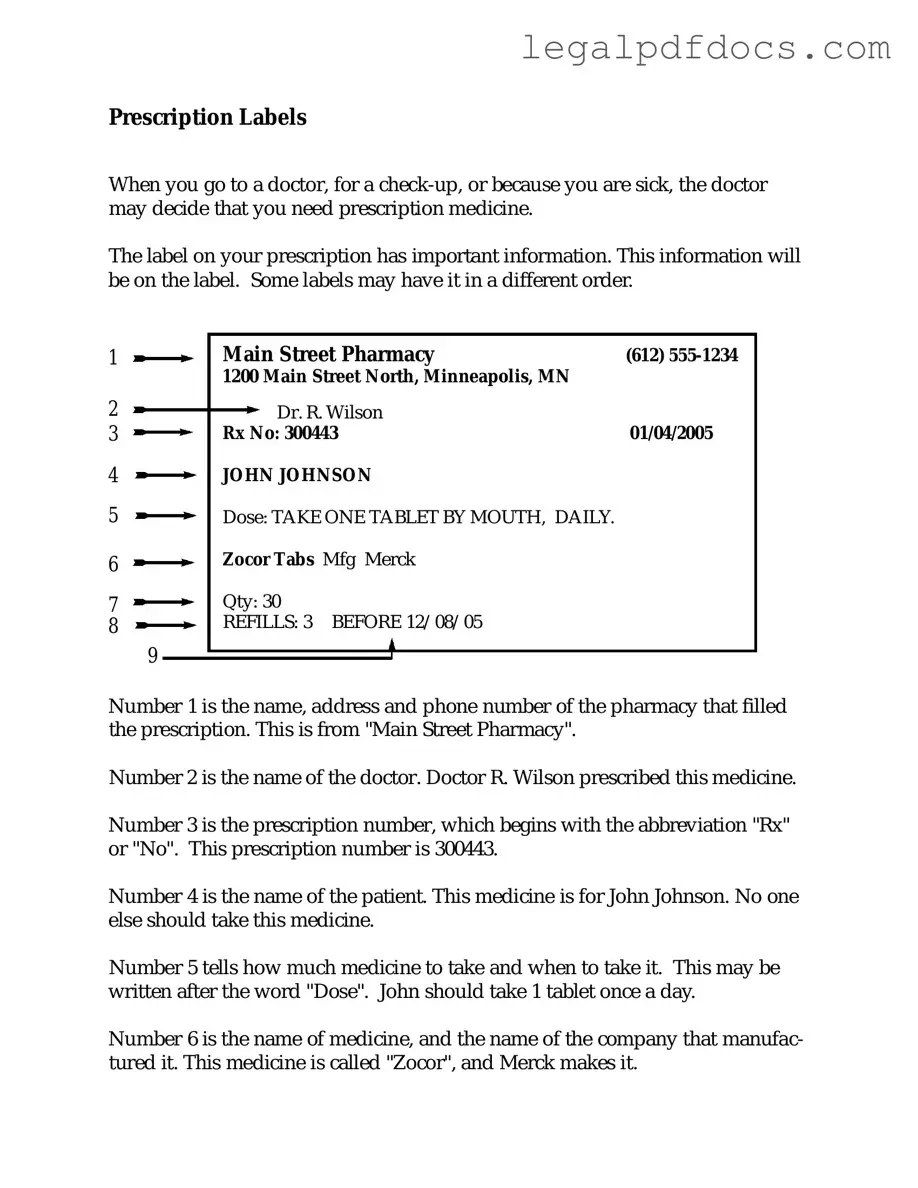Fill Out a Valid Prescription Label Template
The Prescription Label form is a document used to provide essential information about a patient's medication. It includes details such as the medication name, dosage, and instructions for use. Understanding how to fill out this form correctly is crucial for ensuring patient safety and adherence to prescribed treatments.
Ready to fill out the Prescription Label form? Click the button below to get started!
Open Prescription Label Editor Here
